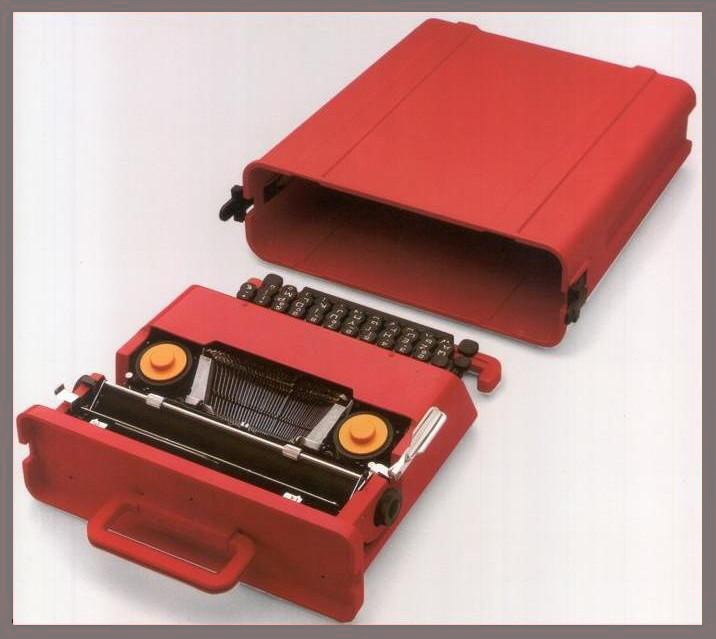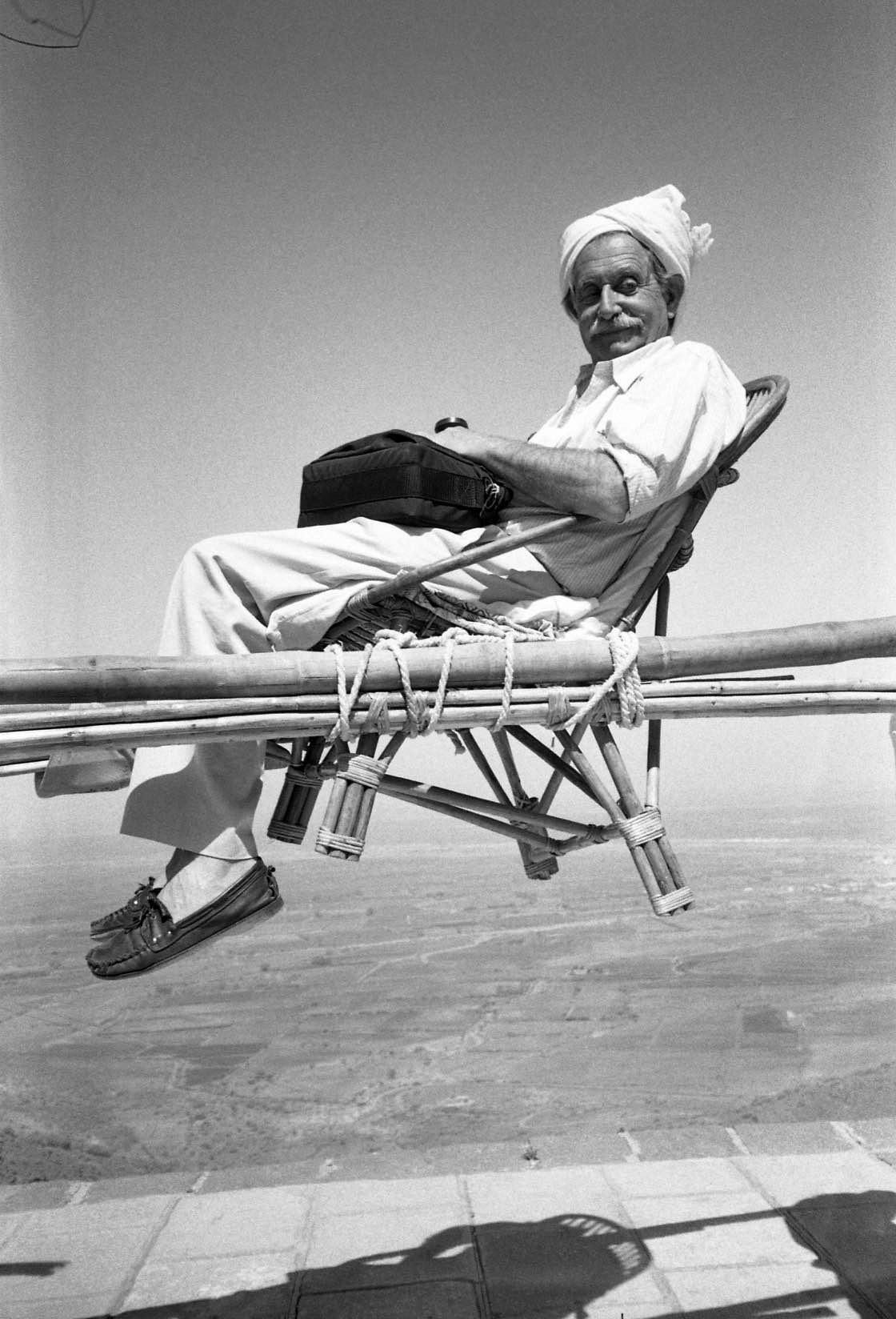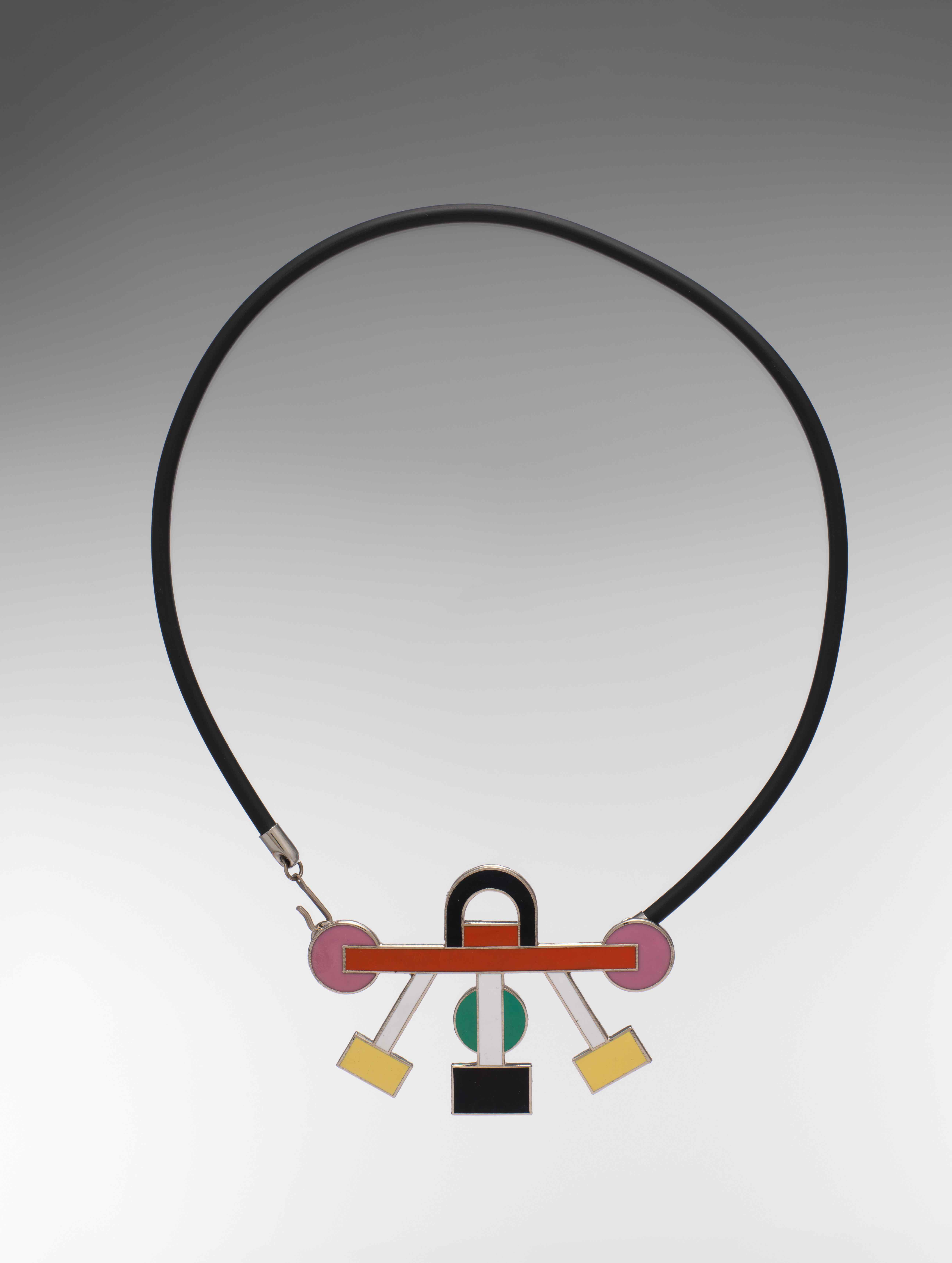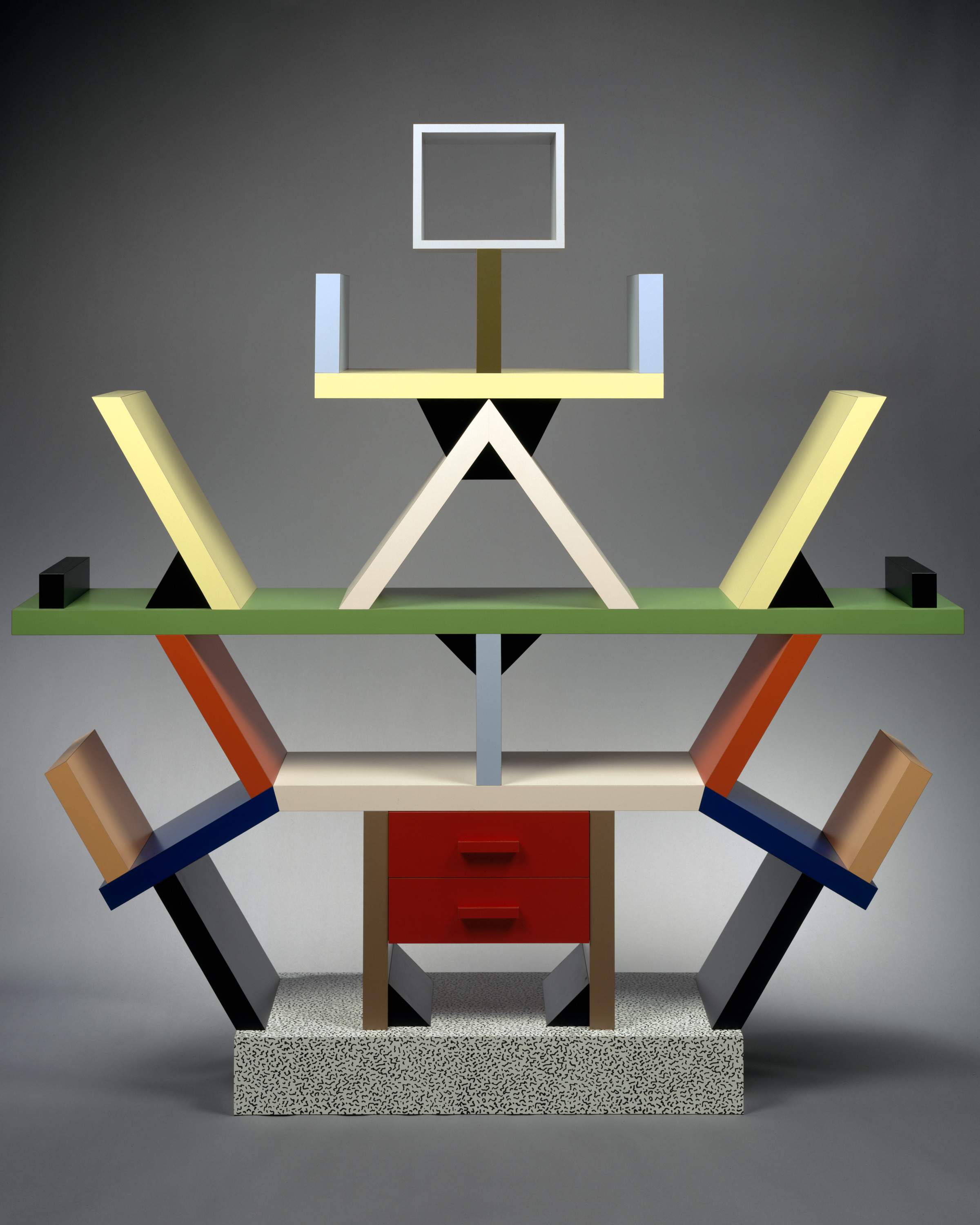An exhibition at the Met Breuer in New York has brought together striking works by Sottsass and those he inspired.

The Olivetti by Sottsass. Courtesy: Met Breuer
The Metropolitan Museum’s new branch in Manhattan, the Met Breuer, has recently been showing an exquisite little exhibit titled ‘Ettore Sottsass: Design Radical’. It is a post-modernist show of works in many different media – furniture, architecture, sculptures, textiles, jewellery, ceramics, glass and machines –most made by Austrian-born Italian designer and architect Ettore Sottsass (1917-2007), and the rest by contemporaries who were inspired by him. Sottsass spent a lot of time in India on many repeated visits, and this is a strikingly colourful show that boasts of works in brilliant jewel colours – red, gold, blue, green – is inspired more by India than the somber greys, browns and blacks so in fashion in the West.
Sottsass was born to an Austrian designer by the same name who moved to Milan, where he was raised and then trained as a designer in Turin. The huge body of work on display here spans a career of over six decades. Sottsass collected many followers as he progressed from being a modernist to a post-modernist, and their works are shown here alongside his to comment on Sottsass’s huge and important influence.

Sottsass in India, 1988. Picture by Barbara Radice. Courtesy: Met Breuer
In 1947, Sottsass established his studio in Milan and began designing iconic works that reflected his rationalist and functional philosophy. He tied up with the Olivetti company and in 1958 designed their first mainframe computer, Elea 9003, along with many other machines and furnishing systems. Later, in the 1960s, he would design the portable Olivetti typewriter in bright red that he called the Valentine. It was to make him famous – so much so that the Valentine became synonymous with Sottsass – and in a rare honour, one original machine now rests in the Museum of Modern Art.
In the meantime, he visited India again and again, in the 1960s and throughout his life. This is where he had life-changing experiences, where he endlessly photographed both people and places he grew to love. He was inspired by ancient monuments, especially by Hampi, by Buddhist stupas and the brilliantly-coloured and whimsically-designed houses in Kerala, some with paintings on their facades. It was those images that he brought back to his studio, and he recreated those colours and that whimsy in his designs. These designs, reflected in his furniture and architecture, as seen in the pieces on display in the Met Breuer, make his work unique in the European context. Also in the 1960, he moved away from his rationalist and functional approach to a more symbolic, emotional way of looking at things and created objects – five multihued ceramic totem poles that are displayed in the show – imbued with sensitivity, with global and historically universal references. In the exhibit, there are two pieces that are characteristically Indian: Ceramics of Darkness (1963) and Tantric Ceramics (1968). Some of the jewellery – glass necklaces – are simultaneously modern European and Indian. His obsession with glass and ceramics is directly inspired by his visits to India.
Around the same time, Sottsass also visited the US where he worked with American designers, which broadened his range. However, disenchanted with American mass consumerism, he turned away from that and formed a group of like-minded designers: the Memphis group, named after both the town in Tennessee and the one in Egypt, but mostly after a Bob Dylan song – “Stuck inside of Mobile with the Memphis blues again” – that he heard and fell in love with in California. The creations of that Memphis group are now displayed alongside those of Sottsass, their mentor, in a beautiful show.
Vibhuti Patel is a journalist based in New York.



